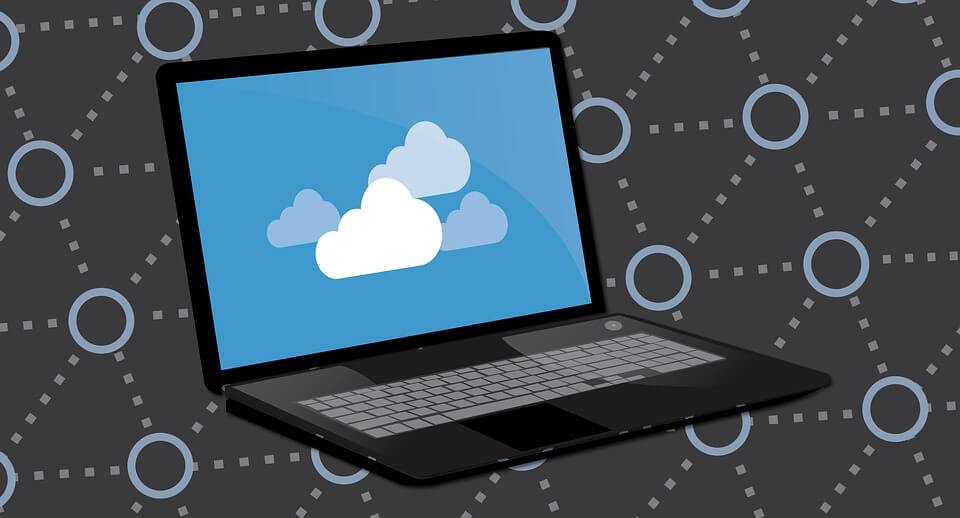Tech Tip: Plan for the Worst and Hope for the Best
By • June 1, 2020 0 473

Hope can be a big part of a person’s notion to start their own business. Needless to say, that entrepreneurial hope doesn’t always consider that there will be a global pandemic that grinds the operational effectiveness you’ve spent years building to a halt.
Hope does, however, play a big part in the creation of a business continuity plan. Today, we’ll briefly discuss why you should never lose hope and how being prepared stems from the same notion as starting a business.
Business continuity used to be as simple as making sure that you have a contingency for every analog system that your business uses in the course of doing business. As the workplace has gotten more digital, however, business continuity has had to take into account the immense amount of stress one failing system can impose on the other digital systems your business relies on. This shift makes it imperative that you plan ahead.
The strategy for planning is about the same. You need to do a complete assessment of who uses what and how particular tasks will be affected by sustained downtime, then find solutions to mitigate the consequences. The difference is that, unlike traditional workflows, digital systems, which are there to enhance efficiency, are typically deployed throughout an organization. So if one sees an outage, it will likely touch more of the business.
That’s exactly why a backup and disaster recovery platform is a must-have when setting up your business’s continuity plan. Not only can you control which files are backed up, you can control how they are backed up and where they are stored. In doing so, you will be adding a significant contingency plan should a situation arise that takes down a core piece of your IT infrastructure.
Another major point of emphasis when creating a continuity plan is how to stay transparent. Situations that could alter schedules or negatively affect consumer data could really put your company in a bind if you don’t have a plan to get that information to the people who need to know.
When disaster strikes, you will need to have this plan in order and ready to go. You will want to appoint strategic points of contact that will, in turn, notify their subordinates and customers if a situation so dictates. This means having reliable communication options that won’t keep your people, and your customers, in the dark.
The COVID-19 pandemic has been a trying time for a lot of people. If your business didn’t have a continuity plan in place, there is a good chance that the future won’t be as kind to your business as if you had a comprehensive plan.
Alan Edwards, CISM, is chief information officer at Computerware, Inc., in Vienna, Virginia.

